For most of us, any acquaintance with photographic jewellery is limited to the old-fashioned locket, and even that is an increasing rarity in the digital age. Hoping to change that, ‘Multiple Exposures’, on display through 14 September at the Museum of Arts and Design in New York, re-examines the old relationship between photography and jewellery. Offering an overview of the 150 year long collaboration of the two forms, but focusing on contemporary pieces, the show looks far beyond the limits of the locket to expand our understanding of photo-jewellery in a post-selfie age.
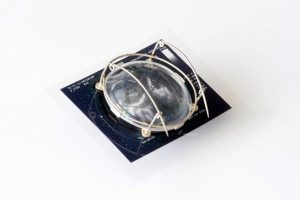
27th Week (brooch) from the Secret series (2004), Viktoria Münzker. Collection of the artist. Photo by Viktoria Münzker
Occupying two large rooms on the second floor of the museum, ‘Multiple Exposures’ includes an impressive and varied collection of objects. Many of these take the recognisable form of jewellery embedded with representational photographs – pins, rings, or necklaces – but updated with unexpected images, like Kara Ross’s Atlantic Yards photo-necklace, Viktoria Münzer’s sonogram brooches, or Peter Deckers’ Ten Most Wanted ring, adorned with images from the 1999 ‘Most Wanted’ list. Other pieces modernise photo-jewellery with video images, like Irene Mamye’s clever and futuristic ‘Shattered Gems’ necklace, which replaces gemstones with images of precious stones being crushed. Some works, like Mari Ishikawa’s delicately beautiful rings from the ‘In the Shade of the Trees’ series, propose a new photo-jewellery that uses photographs as inspiration for, rather than the embellishment of, jewellery.
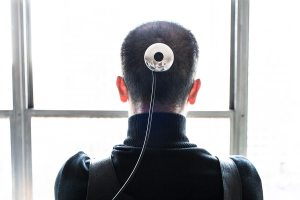
3rdi (implanted camera) (2010), Wafaa Bilal. Collection of the artist. Photo credit: Bryan Derballa
The most provocative works on display, however, step outside the bounds of conventional jewellery forms all together. Chief among these is Wafaa Bilal’s 3rdi. 3rdi is made up of a year’s worth of photographs from a camera implanted into the back of Bilal’s head, images meant to recapture a sense of the past he had lost in leaving his native country of Iraq; it is at once the most extreme and the paradigmatic example of how the exhibition aspires to overturn preconceived ideas about what constitutes ‘photo-jewellery’ as an art form.
In the maze of new perspectives it opens up, however, ‘Multiple Exposures’ risks losing sight of some of the original allure of its subject. Photo-jewellery has a long and fascinating history in the 19th century, one that is only very summarily evoked in the show. Like most early photo-jewellery, the handful of pieces on display do not convey the experimentalism showcased by newer works; they are predominantly simple rings, necklaces or bracelets adorned by photographic portraits.
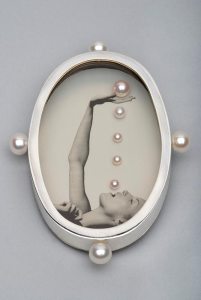
Feeding Desire (brooch) (2008), Mary Hallam Pearse. Collection of Sally von Bargen. Photo by Walker Montgomery
What early photo-jewellery lacks in formal innovation, however, it makes up for in emotional and symbolic resonance. The 19th-century French writer Honoré de Balzac famously believed that photography could steal your soul; outlandish though his fears were, the same faith in the spiritual powers of a truthful resemblance imbued the first photo-jewellery. These objects were treasured because they bestowed the small piece of the soul claimed by photography back upon the wearer, granting an unprecedented and new connection to the distant or departed.
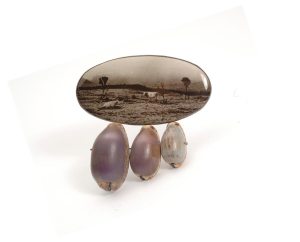
Untitled (brooch) (2004), Bettina Speckner. Courtesy of a private collection. Photo credit: Bettina Speckner
The significance of these 19th-century relics is minimised by the show’s emphasis on formal novelties, but their influence can still be felt throughout. The most moving contemporary works in ‘Multiple Exposures’ are not those that revolutionise the concept of photo-jewellery, but those that draw upon the same reverence for photography’s uncanny power to collapse space and time, like Bettina Speckner’s Frau Holle, Mother of Snow, Klaus Burgel’s Ghost Ring, Iris Nieuwenburg’s Family or Sally Von Bargen’s Elegy. Indeed, in the end, what elevates a piece like 3rdi above the level of a gruesome gimmick is the impulse it shares with an ordinary locket: not merely to capture the ephemeral, but to hold it close against the vagaries of time and mortality.
‘Multiple Exposures: Jewellery and Photography’ is at MAD, New York, until 14 September.
Unlimited access from just $16 every 3 months
Subscribe to get unlimited and exclusive access to the top art stories, interviews and exhibition reviews.

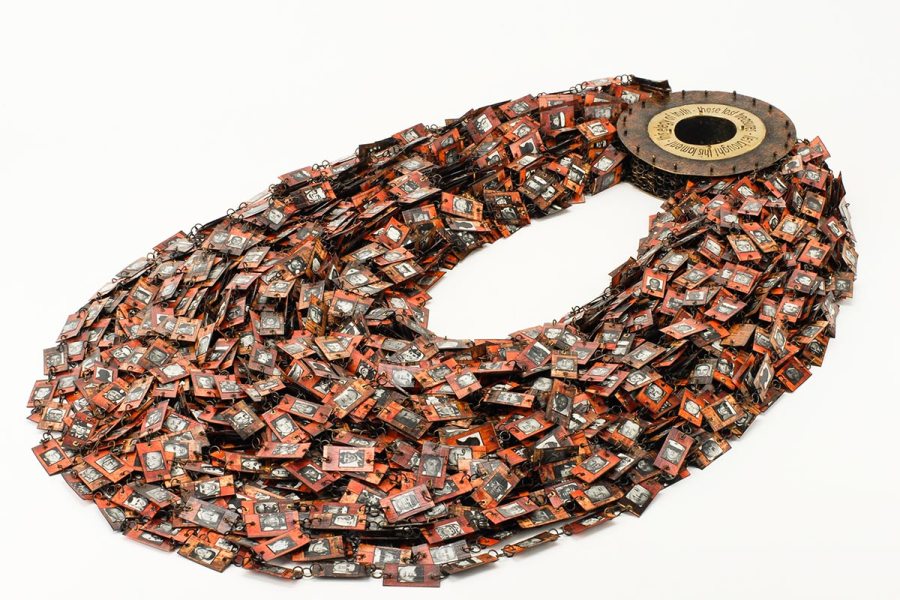
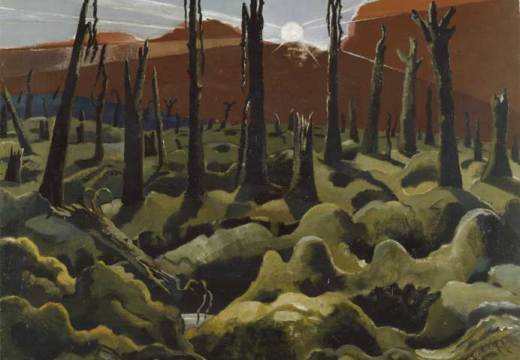
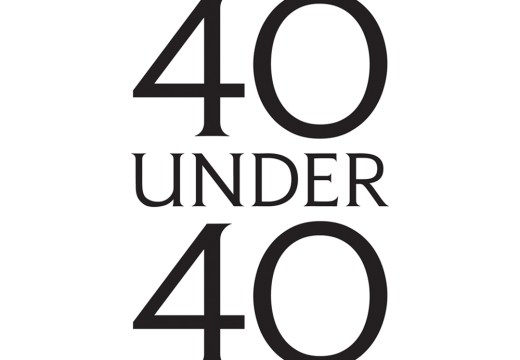










![Masterpiece [Re]discovery 2022. Photo: Ben Fisher Photography, courtesy of Masterpiece London](http://www.apollo-magazine.com/wp-content/uploads/2022/07/MPL2022_4263.jpg)
Why are fathers so absent from art history?